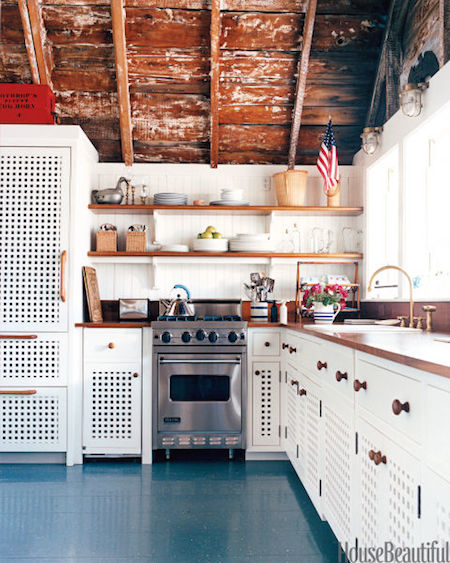
Residual heat steam grease and smoke are bound to come out of the cooking vessel which is better handled when you have ventilation. Not perplexed enough to do anything about it mind youin fact I was so busy raising kids and commuting from one sports event to the next writing and working that I barely even paid attention to the lack of an exhaust vent above our stove.

If youre fortunate enough to have a window in your kitchen or at least nearby install a small window fan and run it on exhaust every time you cook.
Do i have to have a vent over my stove. Not perplexed enough to do anything about it mind youin fact I was so busy raising kids and commuting from one sports event to the next writing and working that I barely even paid attention to the lack of an exhaust vent above our stove. As cooks we can only repeat what you probably know well which is that powerful vents with fans that suck cooking smoke and odors away to the outside are great. We do a lot of spice-intensive cooking and meat searing and a good vent setup is invaluable.
Anything that involves high heat or oil. Like frying searing woking browning or anything that has a strong odor or roasting and broiling - I think forced ventilation is necessary. Unless you want a houseful of smoke smoke detectors going off grease on surfaces and upholstery that smells like bacon curry fish and what have you.
If youre fortunate enough to have a window in your kitchen or at least nearby install a small window fan and run it on exhaust every time you cook. This will pull the air out and while it may not do much for grease it will help eliminate cooking odors. The code requires make up air for vent hoods over 400 CFM but this will largely depend on your cooking style and the size of your kitchen.
If you turn your vent hood on a high CFM for long periods of time or if you have a small kitchen you should definitely consider a make up air system. In restaurants vent hoods are required. Some stoves come with built-in downdraft vents that rise up from the back or center of the cooktop when a burner is lit.
Like updraft hoods downdraft units must be vented to the outdoors or they are ineffective. On a gas stove a malfunctioning downdraft vent can allow dangerous carbon monoxide to remain in the air. We have a vented micro above.
We love the smells of cooking. Door openings in the winter for dog walking firewood bringing and the etcseem to change the air fine. Admittedly after 21 yrs there is a bit of grime on the cabs around the stove-but thats why we have cleaner now all we have to do is use it.
Local and state regulations typically require that kitchens contain at least one mechanical ventilating device. Your range hood qualifies – providing that it ventilates. Most kitchen cooktops when installed under a space saver microwave will be vented because the microwave has a built-in vent and exhaust system.
The vent and exhaust system on a microwave is recirculating and self-cleaning. Filters are intended to be replaced on a regular basis. Most building codes dont require you to vent your electric cooktop but it is recommended.
Electric cooktops can catch fire and produce smoke so it is useful to install a vent in case of an emergency. Vents arent required for electric cooktops because they produce less heat than gas cooktops. But do I have to have a vent.
Ventilation is not legally required if you have a stove with a nominal output of less than 5kW and your home was built before 2008. However if your stove has an output of 5kW or more or you have a newer home there are some regulations you have to follow or risk facing a. No it is not required or even much of a hazard to not have one.
Ask yourself how often you have actually used the fan above your stove when you you had one. Carbon monoxide detectors ARE required in most places now that should protect you in the unlikely event you did get a. Vent through the roof and not the side of the home.
I do not like the microwave over the stove. I believe it presents a small hazard if someone especially a short person spilled something while removing it. You also have to reach over the cooktop of the stove which may be hot.
I put my micro in a niche built for it on an island. Get shopping advice from experts friends and the community. I have installed new kitchen cabinets and there has never been a fan over the stove.
I had one given to me that does not vent outside. It only has a carbon filter. It looks like it might be possible to attach the hood to a vent system.
Does it need to be vented outside. 1 In my farmhouse I never had a vent over the stove. It had shelves on the wall above and I admit that periodically I had to wash the shelves and items on the shelves for slightly greasy dust but it look fine 2 New house had ductless vent hood that was never vented so unused except for the light.
Induction cooktops do not need much venting as gas or electric cooktops do. But they do need ventilation. Residual heat steam grease and smoke are bound to come out of the cooking vessel which is better handled when you have ventilation.
It also depends on what type of cooking you do. For example if you fry or sear a lot then there is.